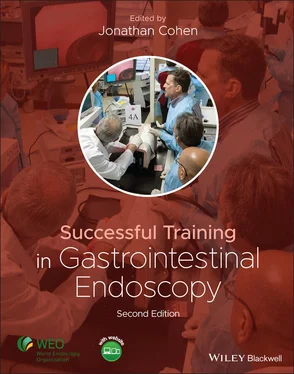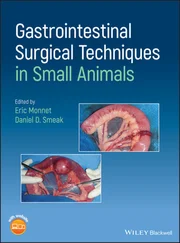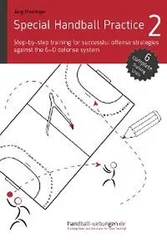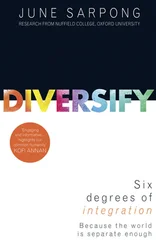Successful Training in Gastrointestinal Endoscopy
Здесь есть возможность читать онлайн «Successful Training in Gastrointestinal Endoscopy» — ознакомительный отрывок электронной книги совершенно бесплатно, а после прочтения отрывка купить полную версию. В некоторых случаях можно слушать аудио, скачать через торрент в формате fb2 и присутствует краткое содержание. Жанр: unrecognised, на английском языке. Описание произведения, (предисловие) а так же отзывы посетителей доступны на портале библиотеки ЛибКат.
- Название:Successful Training in Gastrointestinal Endoscopy
- Автор:
- Жанр:
- Год:неизвестен
- ISBN:нет данных
- Рейтинг книги:3 / 5. Голосов: 1
-
Избранное:Добавить в избранное
- Отзывы:
-
Ваша оценка:
- 60
- 1
- 2
- 3
- 4
- 5
Successful Training in Gastrointestinal Endoscopy: краткое содержание, описание и аннотация
Предлагаем к чтению аннотацию, описание, краткое содержание или предисловие (зависит от того, что написал сам автор книги «Successful Training in Gastrointestinal Endoscopy»). Если вы не нашли необходимую информацию о книге — напишите в комментариях, мы постараемся отыскать её.
Teaches trainee gastroenterologists the endoscopic skills needed to meet the medical training requirements to practice gastroenterology and helps clinical specialists refresh their skills to pass their recertification Successful Training in Gastrointestinal Endoscopy, Second Edition
Successful Training in Gastrointestinal Endoscopy, Second Edition
Successful Training in Gastrointestinal Endoscopy — читать онлайн ознакомительный отрывок
Ниже представлен текст книги, разбитый по страницам. Система сохранения места последней прочитанной страницы, позволяет с удобством читать онлайн бесплатно книгу «Successful Training in Gastrointestinal Endoscopy», без необходимости каждый раз заново искать на чём Вы остановились. Поставьте закладку, и сможете в любой момент перейти на страницу, на которой закончили чтение.
Интервал:
Закладка:
 Two commercially available computer simulators exist for EGD, colonoscopy, bronchoscopy, EUS, and ERCP, and a colonoscopy‐specific simulator was also developed but not commercially available (Video 1.6).
Two commercially available computer simulators exist for EGD, colonoscopy, bronchoscopy, EUS, and ERCP, and a colonoscopy‐specific simulator was also developed but not commercially available (Video 1.6).
The AccuTouch ®endoscopy simulator (Immersion Medical) system ( Figure 1.12) ( http://www.immersion.com/products/medical/endoscopy.html) allows training in a number of procedures, including flexible sigmoidoscopy and colonoscopy, as well as bronchoscopy. It is possible to practice mucosal biopsy on this model. The simulator provides direct performance feedback to the trainee. A number of validation studies have been conducted using this simulator [53–56], which will be covered in detail in Chapters 5and 6of this book.
The GI Mentor II (Simbionix) ( Figure 1.13) ( http://www.simbionix.com/GI_Mentor.html) offers several diagnostic and therapeutic modules [49]. Upper and lower endoscopy and ERCP are all performed on the same mannequin using a special endoscope for each procedure type. An accessory channel allows the endoscopist to perform a variety of therapeutic techniques, including biopsy, polypectomy, sclerotherapy, and electrocoagulation to control active bleeding, ERCP cannulation, and sphincterotomy. This simulator also includes some manual dexterity training exercises ideal for beginners to develop skills controlling the endoscope dials and using torque. The logical descendent of the Lucero model and progressive training program, the simulator incorporates a series of cases of varying pathology and technical difficulty. Instructors may delineate specific training programs. Trainees can get immediate feedback during and after completing each simulated procedure. In fact, the computer will even generate an expression of pain for overinsufflation or excessive looping of the instrument. Performance is recorded, including numbers and types of errors made. The instructor can review the progress of each trainee and the written procedure reports to determine whether abnormalities were correctly detected and identified; feedback messages may be sent back to the trainee.
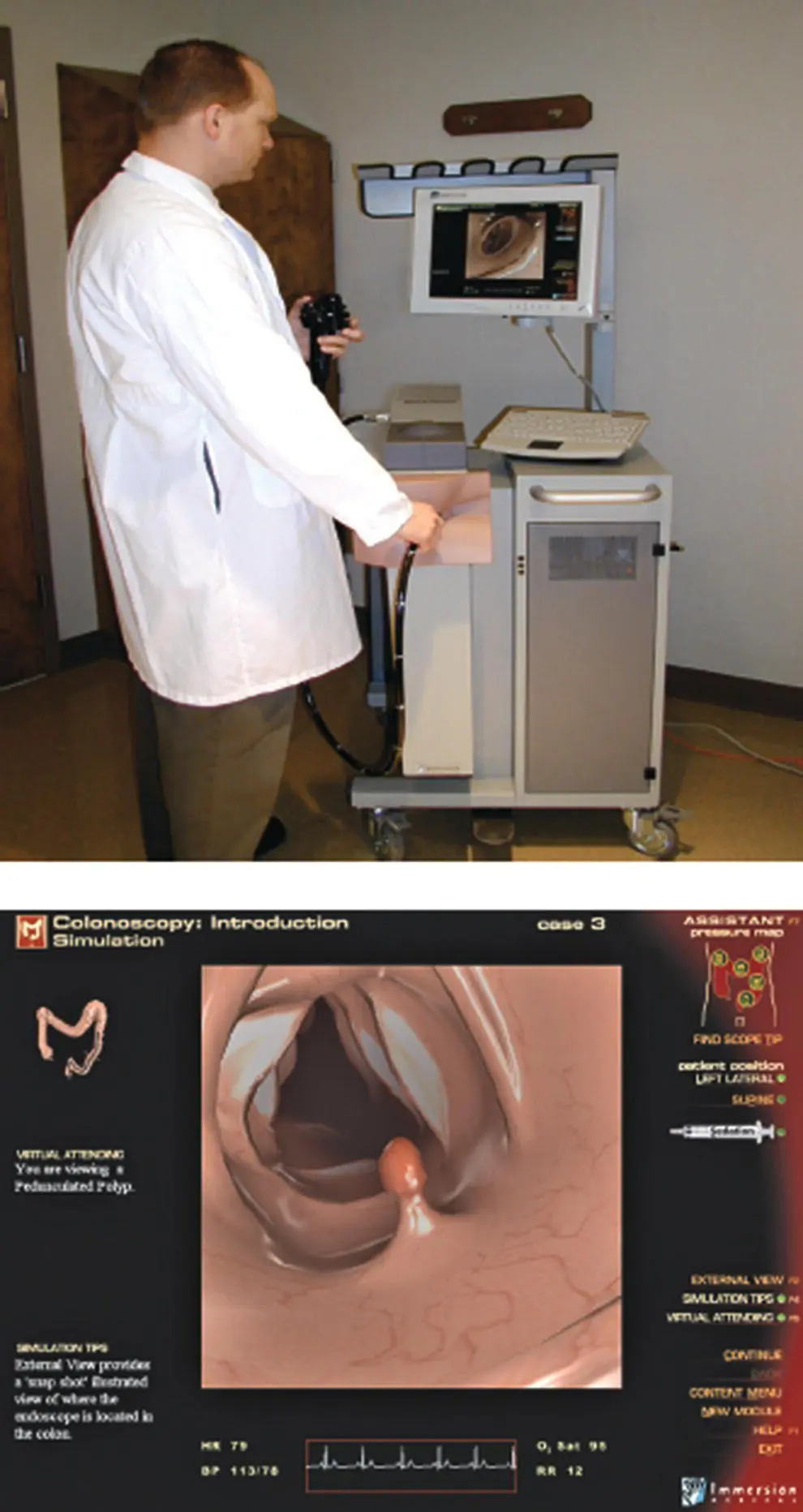
Figure 1.12 Immersion AccuTouch ®colonoscopy simulator.

Figure 1.13 GI Mentor II (Simbionix) colonoscopy virtual reality simulator.
The GI Mentor II computer simulator has been incorporated into a number of European endoscopy courses, most notably in Scandinavia [57–59]. Respondents to questionnaires have expressed great satisfaction with the limited experience on the GI Mentor II simulator. As with the AccuTouch ®simulator, a number of objective validation studies have been carried out for the GI Mentor II, and these data are presented in detail elsewhere in this book in Chapters 5and 6.
If computer simulators are to have a role in credentialing in addition to training, they must be able to distinguish between a novice and an accomplished endoscopist. A study from the Mayo Clinic demonstrated that performance parameters on the simulator vary according to real colonoscopy experience [56]. To date, however, no investigator has shown that a particular performance level measured on a computer or any other simulator is predictive of competent performance on subsequent real endoscopy.
The Olympus colonoscopy simulator was a colonoscopy‐specific simulator based on advanced mathematical models developed in the late 2000s. Among its features, this model attempted to better simulate more difficult colonoscope passage [60, 61]. While this model was discontinued and is not commercially available, the rationale and performance characteristics to which it aspired remain critical to current simulator development and needs. For, it is enhanced realism and simulated procedure challenge that will be required to enhance simulator‐based training beyond the novice stage and to achieve reliable skills assessment on a simulator.
At present, computer simulators appear to have much to offer trainees in terms of showing diverse pathology and teaching beginners hand–eye coordination and endoscope handling. Unique aspects of this type of training are simulation of contractions, feedback on comfort, opportunity for self‐instruction without constant expert supervision, quantification of skills, and offsite skills assessment by instructors. Current available models appear less useful for more experienced endoscopists, although capabilities are expanding rapidly. At present, the therapeutic modules for the GI Mentor II simulator are best suited for introductory orientation only to polypectomy, hemostasis, and ERCP.
Computerized technology offers the potential to incorporate didactic lessons, specific questions for the endoscopist concerning accessory setup and generator settings, and opportunities for self‐assessment quizzes to complement the hands‐on technical experience. However, to date, such potential advances have not yet been incorporated into the existing simulators.
The major obstacle to expanded use of these simulators remains the cost and logistics of making them accessible to trainees. At costs ranging from $50,000 to 70,000, most individual departments cannot afford to purchase computer simulators.
The future of simulators in endoscopy training
What will be the next steps in the evolution of endoscopy simulators? A number of scenarios can be envisioned. Some potential developments envisioned in 2010 are described in Table 1.1, which interestingly shows ideas for future applications of simulators that were proposed in the first edition of this chapter, and now updated with remarks in red showing the progress or in some cases, lack of progress, in these areas over the past decade. Regardless of exactly how this field evolves in the coming years, it is fairly certain that simulators will play an increasing role in teaching and training in gastrointestinal endoscopy.
On November 19 and 20, 2017, the ASGE hosted an EndoVators Summit, partially supported by grant from the National Institute of Diabetes and Digestive and Kidney Diseases of the National Institutes of Health at the ASGE Institute for Training and Technology in Downers Grove, Illinois. The purpose of the summit was to define the role and value of simulators in the future of endoscopic training and to reach consensus regarding priority areas for simulation‐related education and research and simulator development. Over 70 thought leaders in simulation research, simulator development, and endoscopic education and training and key decision makers from industry gathered to review the current state of endoscopic simulation and the role it could play in endoscopic training. A White Paper published in 2019 [62] summarized the day’s events and the findings.
Table 1.1 Anticipated expanded applications of endoscopy simulation in 2010 and current status in 2020.
| Computer simulators may be used to test innate hand–eye coordination skills of fellowship applicants. This has not yet happened. |
| More training programs may offer static mannequins to allow novices to practice rudimentary maneuvers with controls on endoscopes and for manual dexterity training prior to handling endoscopes on real patients. While supported by the ACGME guidelines for training programs to incorporate simulators in GI training [63], despite the relatively low cost, this compelling development has not yet occurred. |
| GI training programs with sufficient resources may provide access to hospital‐based virtual reality simulators, designed to offer training in many GI and non‐GI procedures. Hospitals can purchase these for training and credentialing of practitioners in many fields and training of technical assistants for these procedures. Multiuse simulators could justify the cost. Sim centers have proliferated, largely driven by surgical departments. |
| The large capital outlay for these simulators could be obviated by regional web‐based virtual reality servers. These might allow hospitals and training programs to subscribe and then “perform” specific procedures on “dummy” terminals at remote sites via cloud computing without purchasing the entire computer and software packages. A decade after the first edition of this book, educators still grapple with this cost and access issue. The debate remains over the ultra‐high tech expensive and high‐fidelity simulator that closely mimics all aspects of procedure versus less‐expensive lower tech models that allow for specific skill component teaching and practice. Dramatic increases in computing power and virtual reality technology may solve this cost barrier to scalable computer simulation. However, this may need to wait until the third edition of this book to be achieved. |
| Interactive quizzes of pathology recognition and correct management decisions based on findings may be integrated into future simulator training along with the hands‐on practice of technical skills. Alternatively, an Internet‐based tutorial could serve as an introduction to pathology. Training in cognitive skills acquisition, including use of web‐based learning tools was regarded as a high priority in the 2019 NIH‐sponsored simulator summit. This remains an unrealized goal though it is likely achievable in the near future. |
| Simulators and simulator‐based workshops might allow skill assessments, which would indicate when trainees were ready to proceed to perform supervised real cases and ultimately independent endoscopic procedures. The move to competency‐based education has driven greater incorporation of objective skills assessments during hands‐on workshops along with feedback. Examples of this appear subsequently in Chapters 37 and 38. |
| With validated simulator‐based skills assessment, it is conceivable that no procedures would be allowed on human subjects until simulated training has occurred and satisfactory performance measured. No simulator‐based assessment has yet been demonstrated to have predictive validity for outcomes measured on real cases. Assessment of skill is discussed in detail in Chapter 39. Simulator training prior to proctored experience on real patients now has many advocates, though there remain access and cost obstacles to widespread adoption and eventual requirement. |
| Therapeutic workshops using ex vivo animal models will proliferate further and become increasingly available at multiple regional locations for trainees and practicing gastroenterologists hoping to learn new skills or polish old ones. This has fully taken hold with opportunities at many local venues as well as the larger meetings. |
| GI trainees will be required to attend one such workshop during the first year of fellowship and recommended to attend another early in the third year. Third year opportunities are emerging, but so far these are sporadic and far from scaling to parallel the widespread reach of first year hands‐on training course attendance. |
| A cadre of endoscopy instructors could be trained to run such workshops, including individuals from every region of the country. Train‐the‐trainer efforts have expanded especially in the United Kingdom and Canada with regards to colonoscopy, though the focus has not been on how to use simulators to maximum effect. There still has been no effort to standardize “simulator‐based instruction methods” among a large group of instructors. |
| Possibly, practicing endoscopists will be required in the future to attend such workshops at defined intervals, possibly every 5 years, to maintain privileges for therapeutic endoscopy. There remains no validated maintenance of skill instruction program, though the NIH emphasized the need for research on this topic [62]. Nor has there yet been consensus or driver pushing for retooling or upskilling in the United States for practicing endoscopists. Objective performance measure tracking has gained traction, and poor performers in colonoscopy outcome such as adenoma detection rate (ADR) have led to efforts to provide remediation. |
The goal was to provide a working roadmap for the developers of simulators and for the investigators whose goal is it to define the optimal use of endoscopy‐related simulation. Moreover, the attendees emphasized the importance of assessing the impact of simulation on educational outcomes and health care quality, and the need to provide clear guidance to educators who seek to enhance integration of simulation into training and practice.
Читать дальшеИнтервал:
Закладка:
Похожие книги на «Successful Training in Gastrointestinal Endoscopy»
Представляем Вашему вниманию похожие книги на «Successful Training in Gastrointestinal Endoscopy» списком для выбора. Мы отобрали схожую по названию и смыслу литературу в надежде предоставить читателям больше вариантов отыскать новые, интересные, ещё непрочитанные произведения.
Обсуждение, отзывы о книге «Successful Training in Gastrointestinal Endoscopy» и просто собственные мнения читателей. Оставьте ваши комментарии, напишите, что Вы думаете о произведении, его смысле или главных героях. Укажите что конкретно понравилось, а что нет, и почему Вы так считаете.
